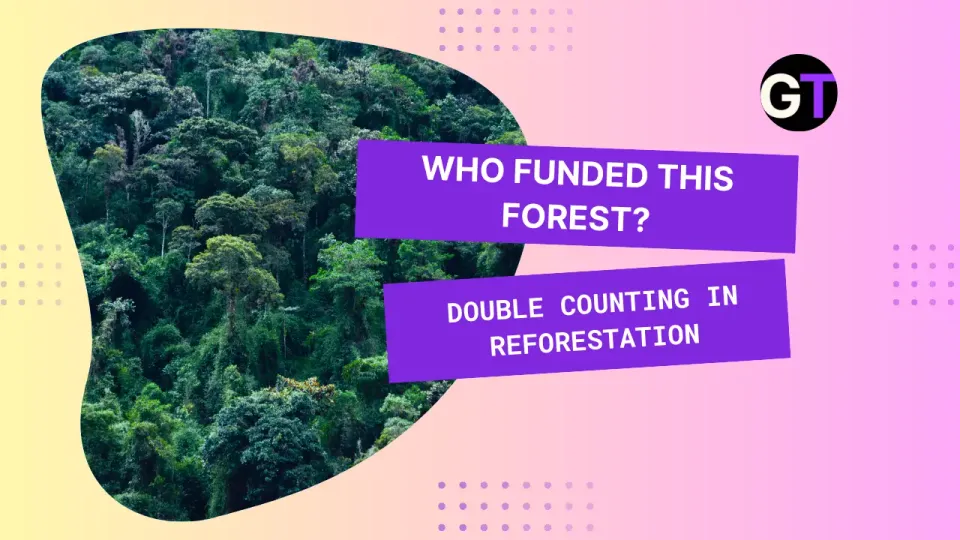Study: Rainfall Fails to Boost China’s Carbon Storage Efforts 🌧️
The results underscore that simply adding water may not be the climate solution we expected for semi-arid regions.

Afforestation and Rainfall: A Surprising Outcome in China 🌱
In a recent study by Li et al. (2024), researchers explored the impact of increased rainfall on afforestation’s carbon sequestration in northwest China. Their findings reveal an unexpected trend: despite rising precipitation, these afforestation efforts aren’t leading to higher carbon storage as anticipated. The results underscore that simply adding water may not be the climate solution we expected for semi-arid regions. 🌲
Why This Matters for Climate Solutions 🔍
China is undertaking one of the world’s largest afforestation efforts as part of its carbon neutrality goal by 2060, focusing on transforming arid and semi-arid regions into forests despite challenges with water scarcity. This includes initiatives like the Grain for Green Program, aimed at converting marginal lands to forests to combat erosion and capture carbon.
With tree-planting initiatives scaling up globally, this study highlights a critical insight: rainfall alone may not guarantee success in carbon capture for dry regions. Effective carbon sequestration in water-limited environments demands a tailored approach, raising essential questions about how we plan future afforestation efforts under climate change. 🌍
More Rain, Less Carbon: What’s Going On? 🌧️
Between 2012 and 2020, Li et al. documented an annual increase of 2.5 mm in northwest China’s precipitation. Paradoxically, the carbon storage per square meter in newly afforested areas decreased slightly. This happens because trees in semi-arid areas face a trade-off: more water can help them grow but may also lead to higher transpiration, which limits the net carbon they can store. This water-carbon imbalance illustrates the challenges facing large-scale afforestation in areas with fragile water resources. 💧
A Data-Driven Path to Better Afforestation 📊
To address these findings, we need to adopt afforestation strategies that recognize regional limits. Solutions include:
- Species Selection: Planting drought-tolerant trees with efficient water use to maximize carbon capture.
- Water Retention: Practices like mulching and soil enhancement can support growth without over-relying on precipitation.
- Local Hydrology: Incorporating water management tailored to each ecosystem’s capacity for sustained growth.
Open Data & Code in This Study 🔓
Li et al.’s study features lots of cool open-access data, including satellite imaging of vegetation growth and precipitation records, and used openly available code to analyze carbon-water efficiency metrics across varied rainfall conditions. This transparency in data and code enables further research and allows other scientists to verify findings, adjust variables, or apply these metrics to similar studies in other semi-arid regions globally. Open data like this is crucial in refining and advancing targeted environmental responses. 📈
Check out the code on Zenodo.




